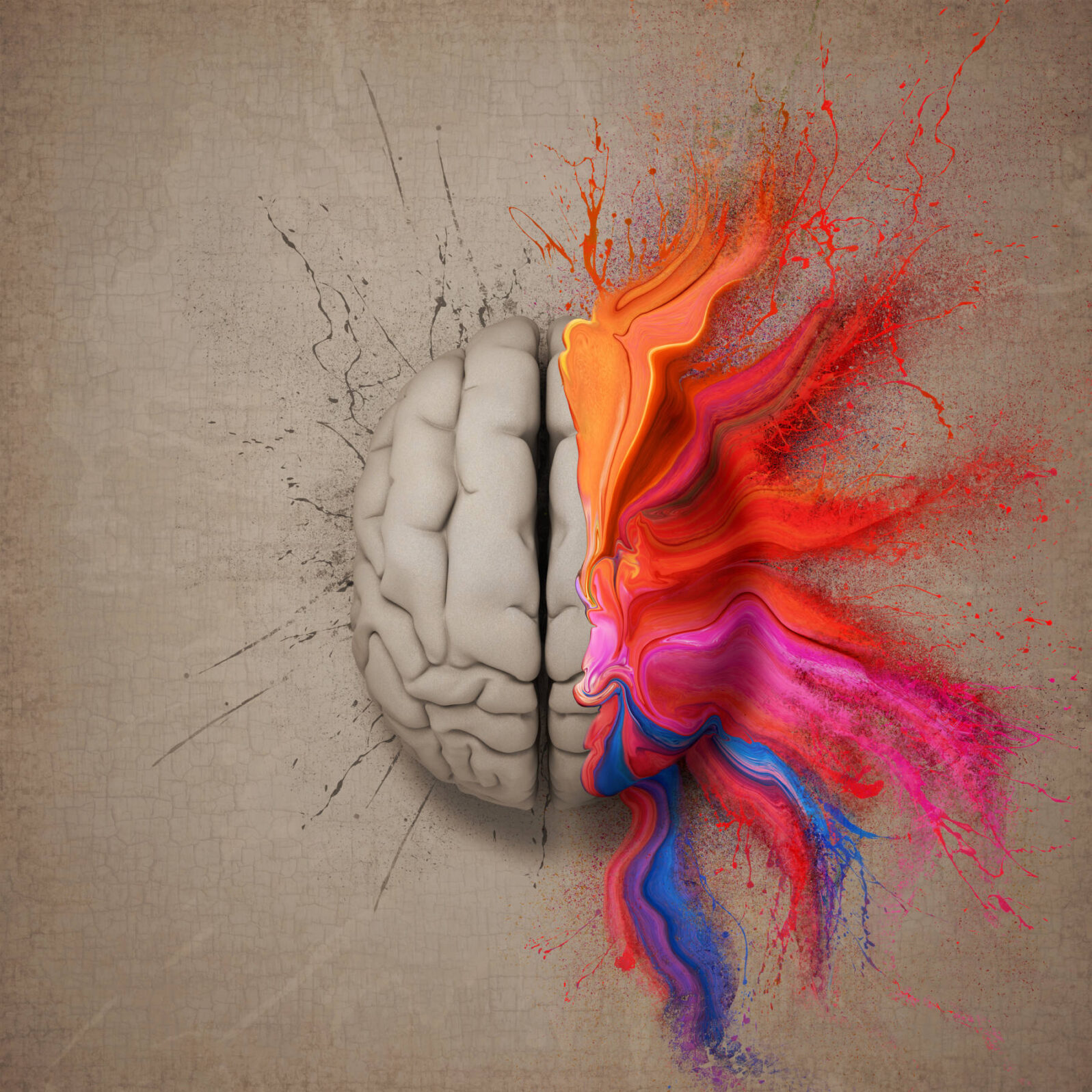About Painting with Neurons: A Journey through the Regions Responsible for Inspiring Ideas

Inside the Mind's Canvas: Finding out Where Creative thinking Resides in the Human brain
Creative thinking is a fascinating aspect of human knowledge that allows us to assume outside the package, come up with impressive ideas, and express ourselves via various creative types. Whether it's paint, writing, or making up songs, innovation plays a crucial part in molding our society and society. But have you ever pondered where creative thinking stays in the human brain? What takes place inside our thoughts when we engage in creative activities? In this post, we will certainly look into the neural systems behind creative thinking and dig in to the intriguing world of the mind's canvas.
The innovative method is sophisticated and entails various locations of the mind working with each other in harmony. Neuroscientific analysis has revealed that innovation entails a fragile equilibrium between different intellectual feature such as creative imagination, moment, attention, and thinking. By understanding how these functions socialize within the brain, we may acquire ideas in to where ingenuity resides.
One of the key brain locations affiliated along with innovation is the prefrontal peridium (PFC). The PFC is liable for higher-order cognitive functions such as decision-making, problem-solving, and strategy. It acts as an executive management center that moderates various other human brain locations entailed in innovative thinking. Studies have shown that people with even more energetic PFC usually tend to show higher degrees of innovative thinking.

The Latest Info Found Here included in ingenuity is the default method network (DMN). The DMN is a system of mind regions that ends up being active when our thoughts are at remainder or interacted in inside focused tasks such as fantasizing or picturing future scenarios. This network promotes tip creation by allowing various regions to interact and develop brand-new links. It has been recommended that interruptions within this network may lead to lowered creative abilities.
The hippocampus additionally participates in a critical duty in creative thinking by including information coming from different sources and forming affiliations between them. It functions as a hub for mind processing and access, permitting us to draw upon previous experiences and know-how when engaging in innovative tasks. Research studies have presented that individuals with far better mind potentials tend to be even more creative, highlighting the relevance of the hippocampus in the innovative procedure.
Furthermore, the parietal cortex has been implicated in ingenuity. This region is included in spatial processing and attentional management, making it possible for us to center on applicable relevant information while filtering out disturbances. It helps us connect inconsonant ideas and help make unique associations, a basic element of artistic thinking.
Fascinatingly, research has advised that imagination is not only reliant on particular brain regions but somewhat on the dynamic communications between them. These interactions take place within what experts get in touch with "mind systems," which are like highways connecting different human brain locations. Neuroimaging research studies have revealed that strongly innovative people show more significant connection within these networks, suggesting more efficient interaction between brain regions involved in ingenuity.
Additionally, natural chemicals such as dopamine and serotonin play a essential role in modulating creativity. Dopamine is connected with incentive and incentive and has been linked to enhanced imaginative thinking. On the various other hand, serotonin influences state of mind and emotional conditions, influencing our capability to assume artistically.
While we have made considerable improvement in understanding where innovation resides in the mind, there is still a lot to discover about this intricate sensation. Future analysis utilizing state-of-the-art neuroimaging procedures and innovative experimental designs will likely shed additional lighting on the neural devices responsible for creativity.
In final thought, imagination surfaces from a delicate exchange between numerous brain regions involved in creative imagination, memory retrieval, attentional management, and cognitive adaptability. The prefrontal pallium acts as an executive control center, collaborating other human brain regions during the course of creative tasks. The nonpayment setting system promotes idea production by allowing various locations to communicate properly. The hippocampus includes relevant information coming from previous encounters to develop brand-new connections in the course of creative thinking processes. The parietal cerebral cortex assists us produce novel organizations through filtering out distractions and concentrating interest on relevant information. Overall, understanding where creativity stays in the mind gives valuable understandings in to how we may support and enhance our very own imaginative capabilities.
